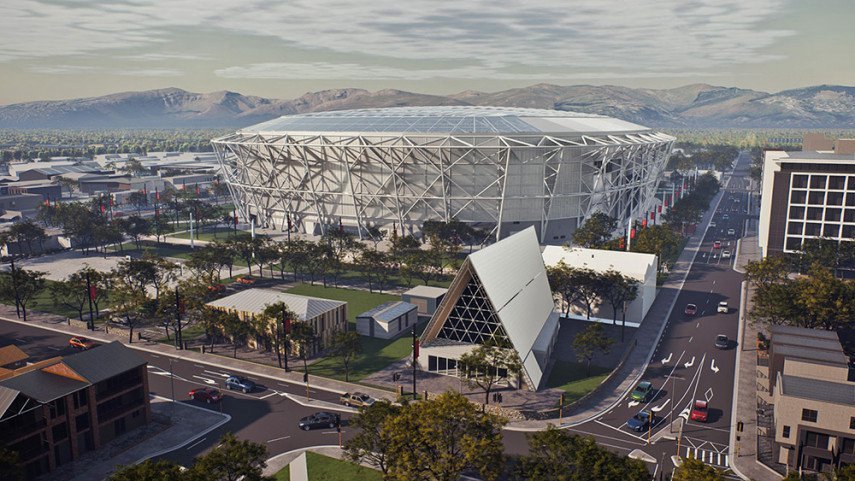
Is the South Island big enough for two such expensive structures?
While there are understandable reasons for Christchurch’s focus just on itself, that question has a weighty impact on Dunedin and the South.
Stadiums, or "multi-use arenas" as they are described by those wishing to improve their acceptability, are not only expensive but almost always need to be subsidised in one way or another. Running costs depreciation, and maintenance must be funded.
The second huge blowout in costs for Te Kaha, the central Christchurch stadium, landed this month. The projected spend has jumped by another $150 million to $683 million, and there is no guarantee to prevent further escalation.
This has come just before construction was to start. It has caused the Christchurch City Council to balk as its share leaps to $463 million.
The rise will cause rates to increase, although exactly by how much and for how long is not clear. As well, the more expensive the structure the higher the ongoing losses.
In the meantime, the Council has sought public feedback. In the first three days, 11,000 submissions were received. No doubt, rugby and some core business interests are rallying support for the option to just "bite the bullet". Hopefully, the views of less assertive ratepayers are also considered.
Other options are to pause and rework the project — which will cause further delays — or scrap it altogether.
Last year, the Christchurch City Council pushed ahead with an additional 5000 seats at a then cost of an extra $50 million. It brought the seated capacity to 30,000.
Clearly, that size — along with the city’s much better transport links and accommodation depth — gazumps Forsyth Barr Stadium in Dunedin.

Another effect would be to make it extremely hard for Dunedin to attract again Ed Sheeran or other big names. The major Dunedin All Blacks tests would also likely be consigned to history.
Not only would Christchurch seat numbers be higher, but in a bigger and more easily accessed city, the seat yields would be increased.
Dunedin’s beautiful boutique cricket ground at the University of Otago Oval was trumped once Christchurch’s Hagley Oval opened. There has not been a test match, and few other big games, in Dunedin since.
Dunedin and southern residents travel to Christchurch for their doses of top cricket and still for many a mid-level concert. Numerous health, business, government and administrative functions have also been "centralised" in Christchurch.
Surely, the occasional visit south is not too much of a handicap for Cantabrians.
Already, the Government has paid for the vast majority of Christchurch’s new $475 million Convention Centre — another seductive cost incurring asset — as well as more than half of the $317 million recreation and sports centre.
It will pay $220 million towards the construction costs of the stadium. That is on top of $10 million for land decontamination, the cost of the land and for funding the investment case and pre-feasibility study. This brings the total close to $300 million.
Meanwhile, the Government’s contribution to Forsyth Barr Stadium was a mere $15 million. Dunedin ratepayers are entitled to resent too much government money going towards a facility that will undermine what they themselves are continuing to pay for.
It is true the stadium used for rugby at Addington is a tired and temporary dog. Christchurch needs something better and more permanent.
But the South Island as a whole, with a population of only about 1.2million, does not require a second expensive covered stadium. There is already an excellent one down the road.
As for the ratepayers of Christchurch — they could end up with decades of substantial extra debt and costs and an inability to fund many a worthwhile project. That is a lot to pay for so-called pride and for duplicating a South Island facility that already exists.













